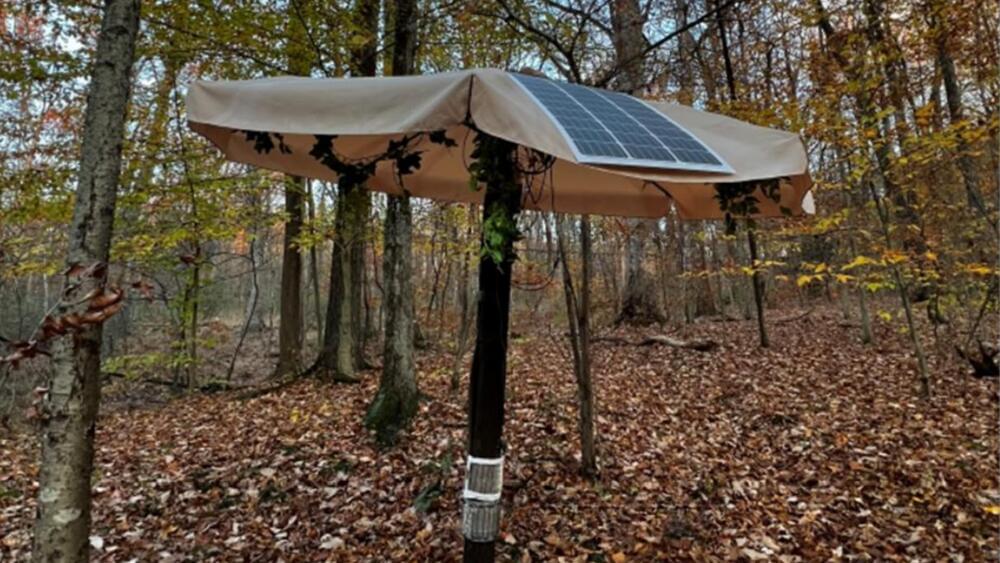The monster fruit is the size of a ping-pong ball and weighs 20.4g, about 10 times the average blueberry.


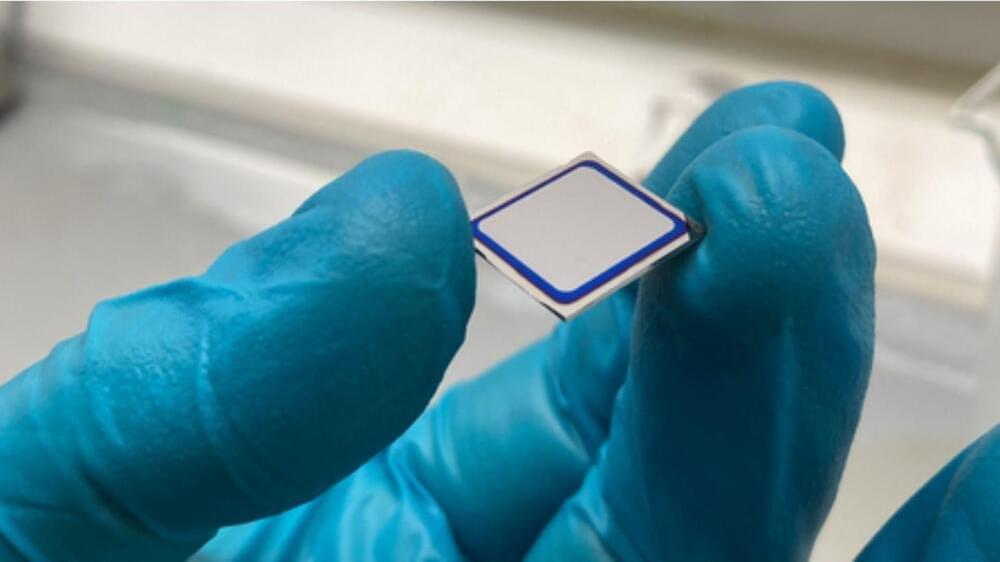

India will lower import taxes on certain electric vehicles for companies committing to invest at least $500 million and setting up a local manufacturing facility within three years, a policy shift that could potentially bolster Tesla’s plans to enter the South Asian market.
Companies must invest a minimum of $500 million in the country and will have three years to establish local manufacturing for EVs with at least 25% of components sourced domestically, according to a government press release on Friday. Firms meeting these requirements will be allowed to import 8,000 EVs a year at a reduced import duty of 15% on cars costing $35,000 and above. India currently levies a tax of 70% to 100% on imported cars depending on their value.
The policy change is likely going to pave the way for Tesla to enter India, as the Elon Musk-led company has been in talks with the government to lower import duties on its electric cars for years. The move also aligns with India’s goal to boost the adoption of EVs and reduce its dependence on oil imports, with the country setting a target of achieving 30% electric car sales by 2030.
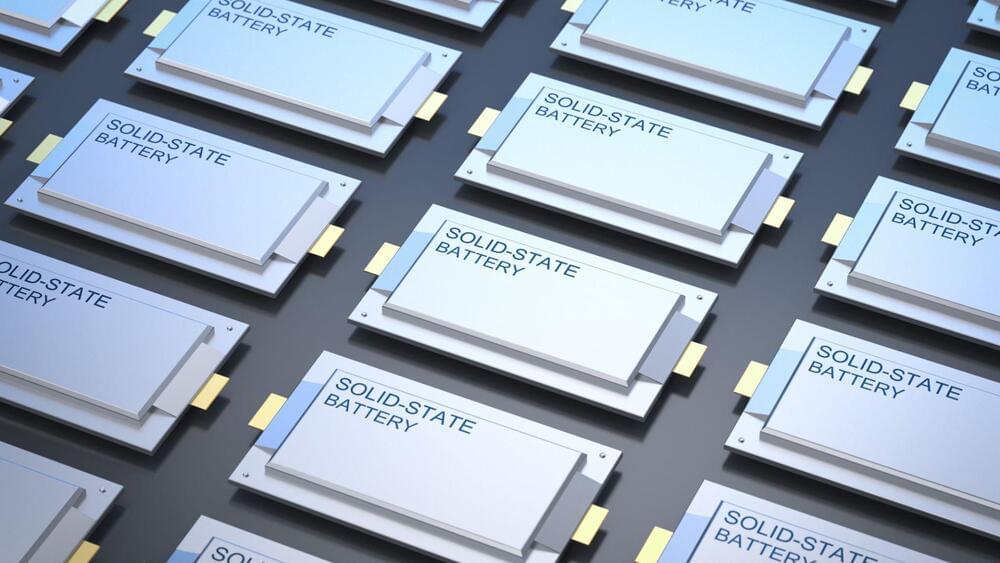
A new research in battery technology now promises safer, longer-lasting energy storage. Thanks to a research team tackling a critical issue with solid-state batteries. The researchers have now developed a “bottom electrodeposition” method that changes the game for these next-generation power sources.
Today’s batteries say the ones in our smartphones or electric cars, mostly use liquid electrolytes for shuttling energy. However, these liquids are flammable, which obviously factors into safety concerns, even though they are minimal in today’s modern processes.
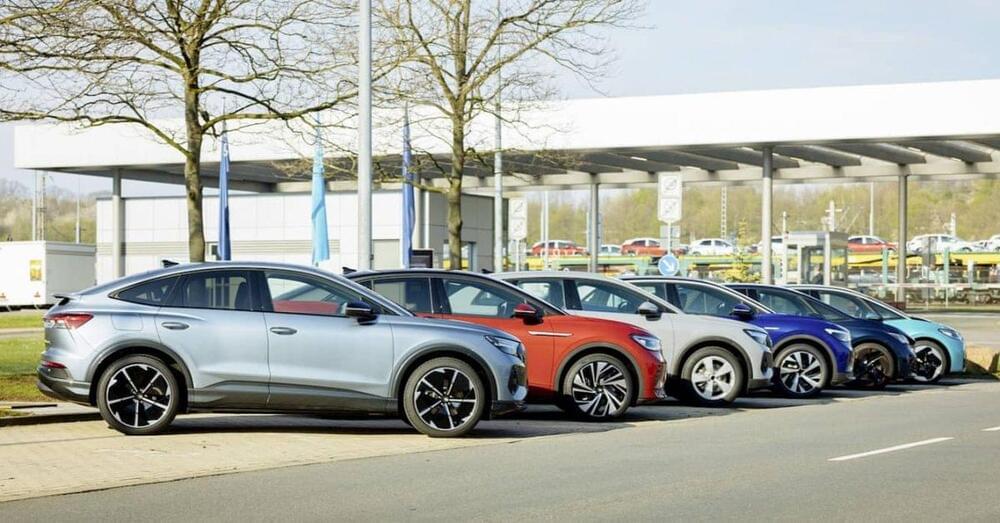
For the first time, Volkswagen announced it aims to start producing its most affordable ID.1 electric car, starting at 20,000 euros ($21,700), in 2027. The $20K Volkswagen ID.1 will offer “affordable electric mobility for everyone,” VW brand leader Thomas Shafer said Thursday.
“The working title is ID.1 and the vehicle is planned for 2027,” Shafer confirmed during VW’s annual press conference Thursday.
Work on the ID.1 is already well underway. Shafer said, “We’re already in the middle of it, we know what the car should look like.” However, the biggest challenge will be deciding where to build it.

Elon Musk’s SpaceX is teaming up with Larry Ellison’s Oracle to help farms plan and predict their agricultural output using an AI tool.
Larry Ellison said on Oracle’s earnings call on Monday that it’s collaborating with Musk and SpaceX to create the AI-powered mapping application for governments. The tool creates a map of a country’s farms and shows what each of them is growing.
The Oracle executive chairman said the tool could help farms assess the steps needed to increase their output, and whether fields had enough water and nitrogen.
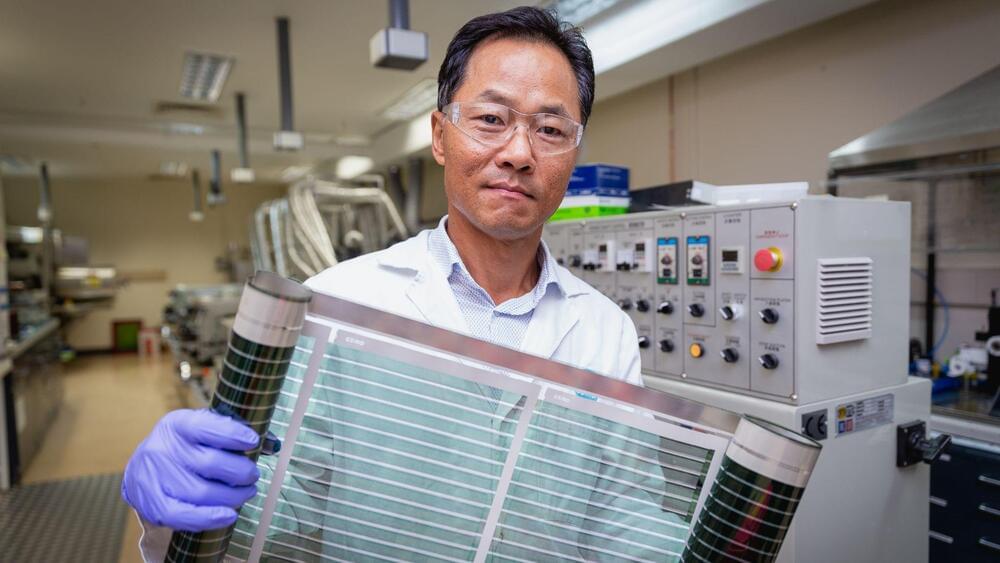
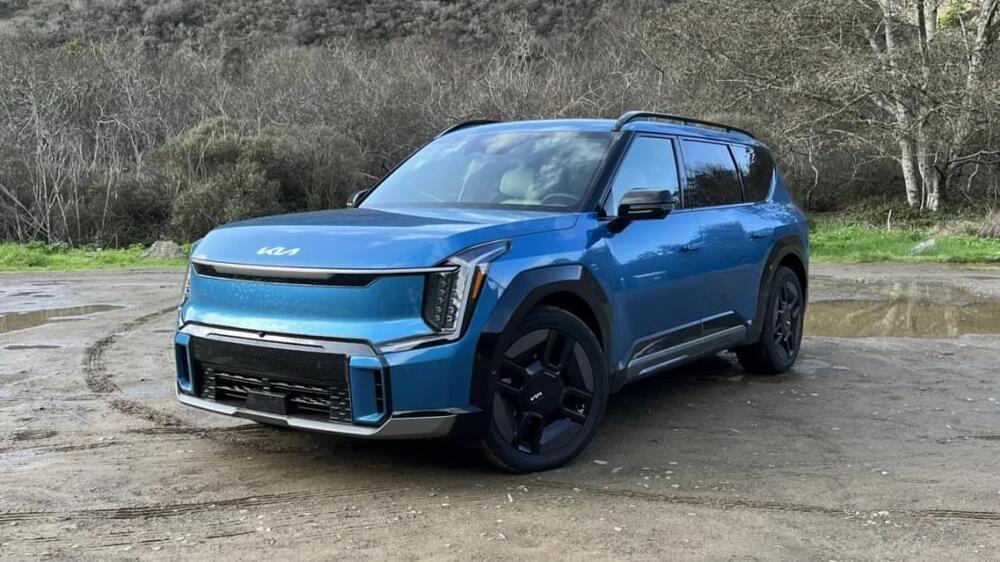
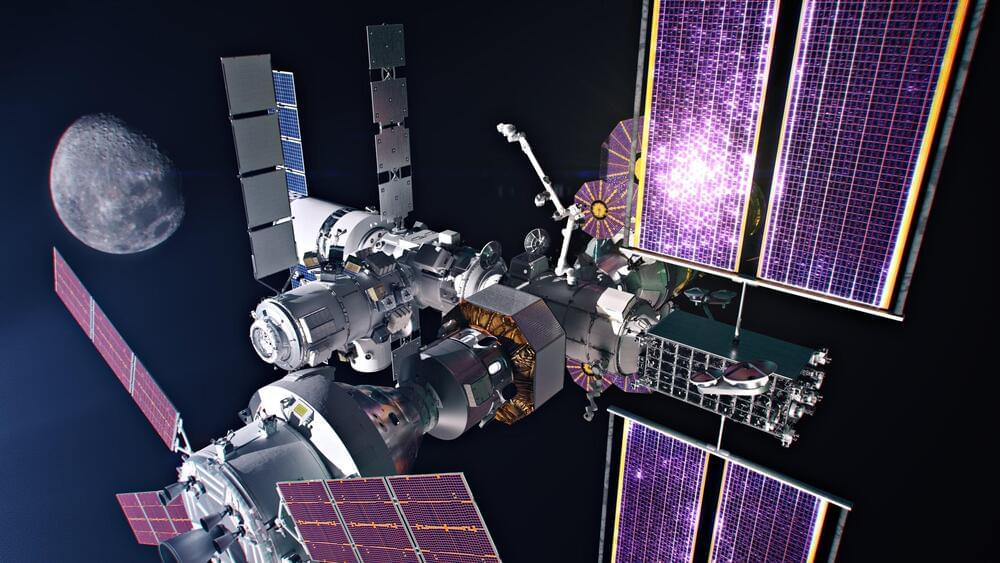
Do we have enough fuel to get to our destination? This is probably one of the first questions that comes to mind whenever your family gets ready to embark on a road trip. If the trip is long, you will need to visit gas stations along your route to refuel during your travel.
NASA is grappling with similar issues as it gets ready to embark on a sustainable mission back to the moon and plans future missions to Mars. But while your car’s fuel is gasoline, which can be safely and indefinitely stored as a liquid in the car’s gas tank, spacecraft fuels are volatile cryogenic liquid propellants that must be maintained at extremely low temperatures and guarded from environmental heat leaks into the spacecraft’s propellant tank.
And while there is already an established network of commercial gas stations in place to make refueling your car a cinch, there are no cryogenic refueling stations or depots at the moon or on the way to Mars.
